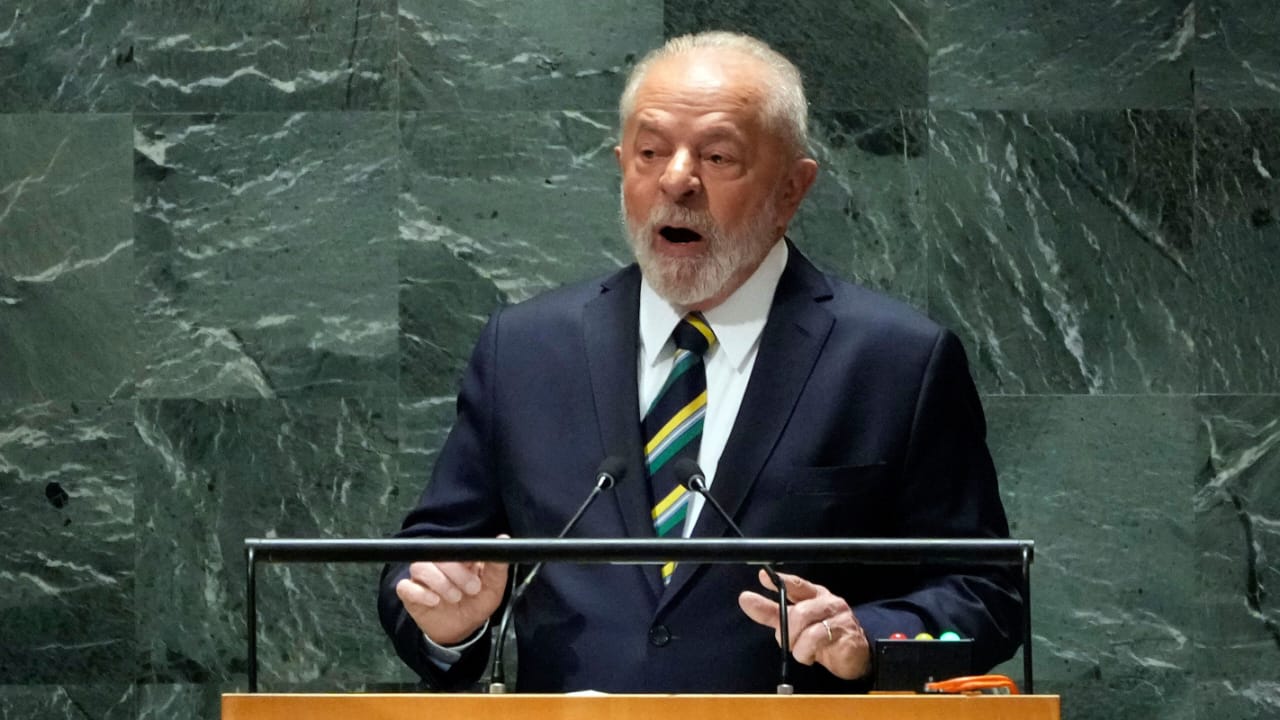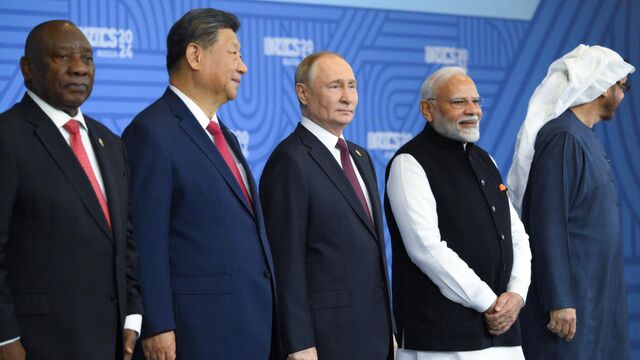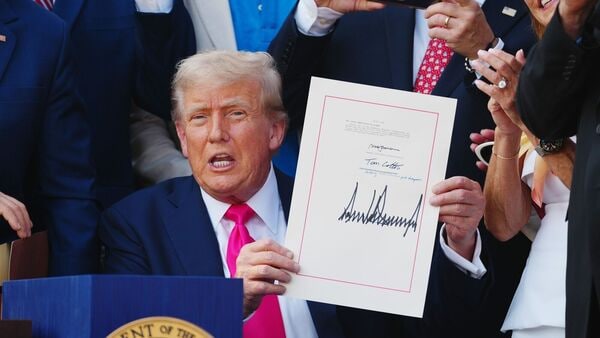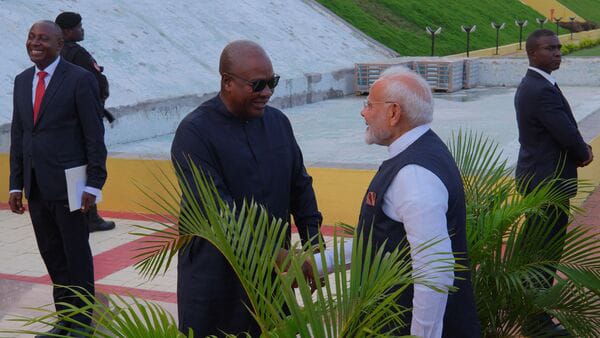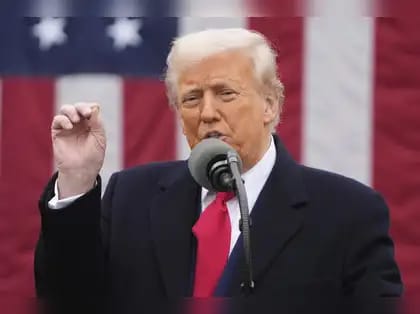
The best news of the day, in a recent statement that has the global business community buzzing, former US President Donald Trump has announced that the US is “going to make a deal” with India, and that it will have “very low” tariffs. The comment, which was made on the spur of the moment but is full of political and economic implications, has sparked curiosity and speculation in both countries.
So what does this mean? Is the India-US trade deal really working? What could be its potential impact on trade, the economy, and international relations? Let’s take a look at it all.
All the points in this post
India-US Trade Relations: A Brief History
To understand the significance of Donald Trump’s statement, we must examine the broader trade relationship between the two countries. India and the United States have long had a complex trade relationship. Over the past two decades, especially in defence and technology, the two countries have deepened their ties, with trade having always had its ups and downs. Despite cordial diplomatic relations, tensions have flared over disagreements over intellectual property, tariffs, and market access.
In 2019, trade relations deteriorated sharply after the Trump administration removed India from the Generalised System of Preferences (GSP), affecting billions of dollars in Indian exports. India retaliated by imposing tariffs on U.S. products such as almonds, apples, and walnuts. While negotiations are ongoing, a comprehensive agreement has never been signed.
Trump’s Latest Statement: What Exactly Did He Say?
In a public address, Donald Trump made a bold claim that the United States is “going to make a deal” with India and insisted that they will impose “very low” tariffs. The use of the phrase “very low tariffs” signals a strategic shift that could have a long-term impact on trade between the two economies. While Trump did not provide details—such as a timeline, specific areas, or tariff percentages—his tone was confident and forward-looking.
Decoding ‘Much Less’ Tariffs
Tariffs are essentially taxes on imported goods. They affect pricing, market competition, and ultimately consumer choice. When tariffs are high, imports become more expensive. This hurts both exporters and consumers. Here are some of the things that tariff reductions between India and the United States could do — reduce costs for businesses and consumers, increase trade in sectors such as agriculture, pharmaceuticals, and technology, and encourage investment by multinational companies seeking low-barrier markets.
Donald Trump’s reference to “much lower” tariffs is therefore more than just rhetorical flourishing—it signals a potential move toward more open markets.
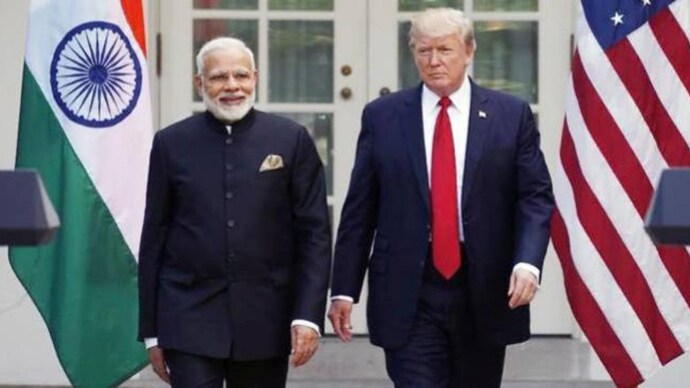
Where Do India and the US Stand in 2025?
India and the United States will become the world’s two largest democracies and fastest-growing economies by mid-2025. Their bilateral trade has continued to expand in the post-COVID-19 era, now worth more than $190 billion annually. The following are key areas of trade: India exports textiles, pharmaceuticals, software services, gems, and jewelry to the United States. Both sides have complained about tariff imbalances. American businesses have often expressed concerns about India’s high import tariffs, while Indian businesses want easier access to the US market for manufactured goods and services.
How Has India Responded?
So far, there has been no direct response from the Indian government to Trump’s comments. However, Indian trade experts and diplomats have acknowledged that tariff rationalisation is on the agenda for future talks. India is generally open to strategic trade partnerships, especially when it benefit domestic manufacturing and export potential. With India taking forward initiatives like “Make in India” and PLI schemes, a favorable trade deal with the US would be a major step forward.
Economic Impact of a New Trade Deal
If such a deal is implemented, the economic impact is expected to be significant. Benefits for India include increased access to the US market, especially in textiles, technology services and agriculture, encouragement for Indian exporters and startups, and strategic alignment with the US on trade and technology. Benefits for Americans include expanded reach for American agriculture and manufacturing, stronger geopolitical ties in Asia, countering China’s influence, and increased exports of high-value goods such as aircraft and defense technology.
What’s Standing in the Way?
While the idea sounds promising, trade negotiations are never easy. There are some obstacles. For example, political changes are not the only ones that Trump is in office. The election results will determine his ability to negotiate or influence trade deals. Domestic policies and protectionist sentiments within each nation must be taken into account. Sectoral conflicts, e-commerce, the pharmaceutical industry, and agriculture are a lot of conflicts. Global trade rules, World Trade Organisation obligations, and trade bloc commitments can also slow down bilateral deals.
Past Lessons: Other Trump-Era Trade Deals
Donald Trump has renegotiated agreements like NAFTA and taken a tough stance against China during his presidency. He has favoured bilateral agreements over multilateral ones, often using tariffs as a negotiating tool. His approach has been aggressive, but in some cases, it has been effective. If history is any guide, his potential return to negotiations is likely to follow a similar path—quick deals, high-profile talks, and tariff haggling.
What Experts Are Saying
Economists are reacting with cautious optimism. Some see it as political posturing, while others believe it reflects serious intentions. “Even if Trump is no longer in power, his comments could still influence future US-India dialogue,” said trade analyst Dr. Asha Menon. “Lower tariffs will greatly benefit Indian small and medium enterprises eager to export.”
Market watchers are also keeping an eye on sectors like defense, semiconductor technology, and artificial intelligence—areas where cooperation is already growing.
Implications for Businesses and Consumers
For traders, lower tariffs mean more competitive pricing, better profit margins, and smoother cross-border deliveries. Indian exporters of agriculture, leather goods, and handicrafts will benefit. For consumers, there will be lower prices for U.S. goods like electronics, health products, and food, a wider variety of products in the market, and increased e-commerce trade between the countries.
What’s Next? Timeline and Outlook
At the moment, there is no formal timeline or draft agreement available to the public. But the groundwork may already be underway behind closed doors. Talks could move forward more quickly if Trump returns to power. If not, the Biden administration could pursue a more diplomatic but equally meaningful trade path with India, especially as the Indo-Pacific becomes a centrepiece of US strategy.
A Turning Point in India-US Trade?
Some may see Donald Trump’s bold prediction of a “deal with much lower tariffs” as political drama, but it could also signal the beginning of a significant new era in trade between India and the United States. Whether Trump himself oversees it or not, India’s growing strategic importance to the United States means that a tariff-reducing trade deal could be a matter of “when,” not “if.” It will be interesting to see what a breakthrough could be that changes the game.


